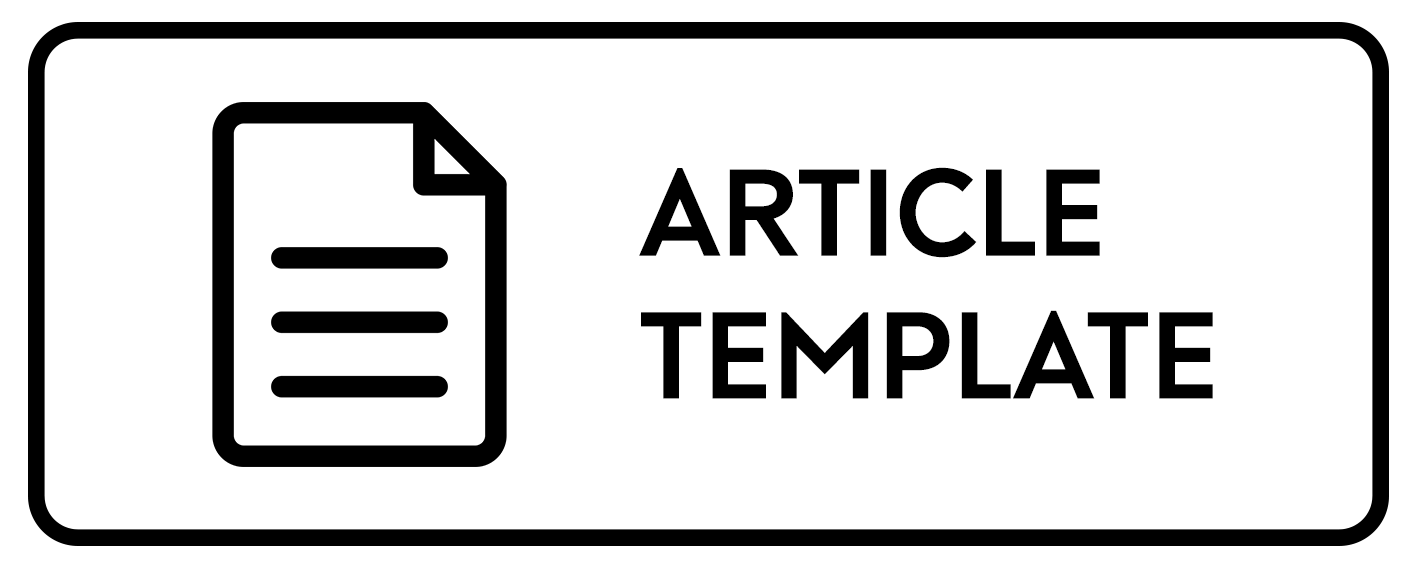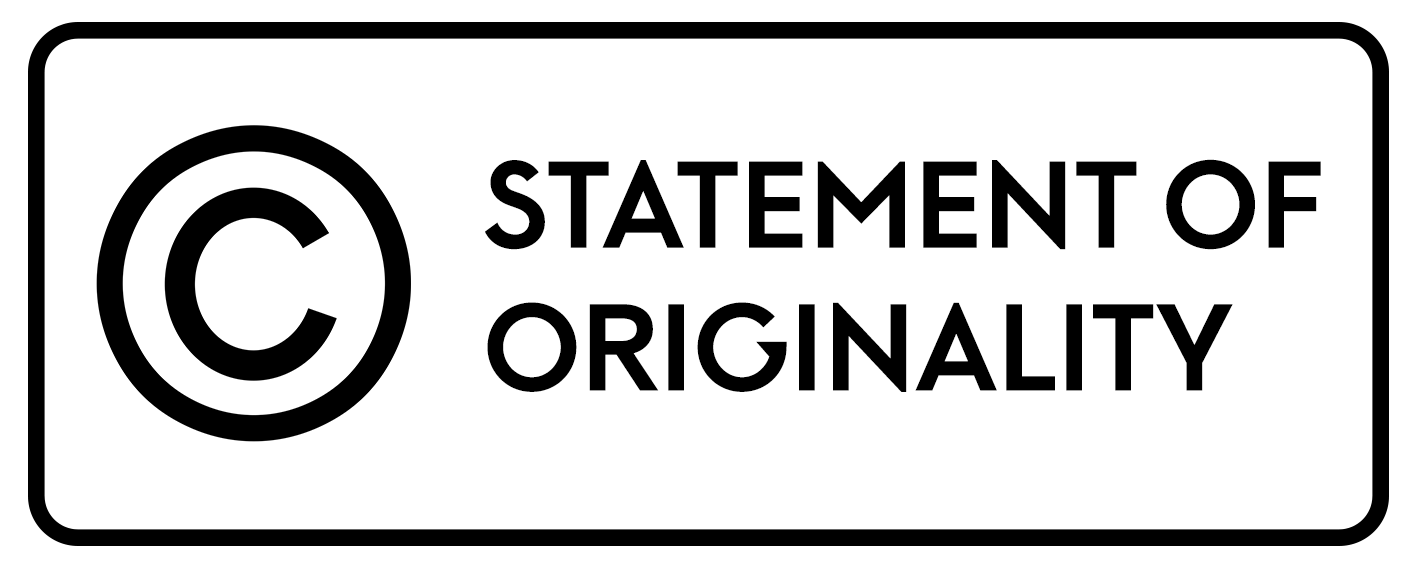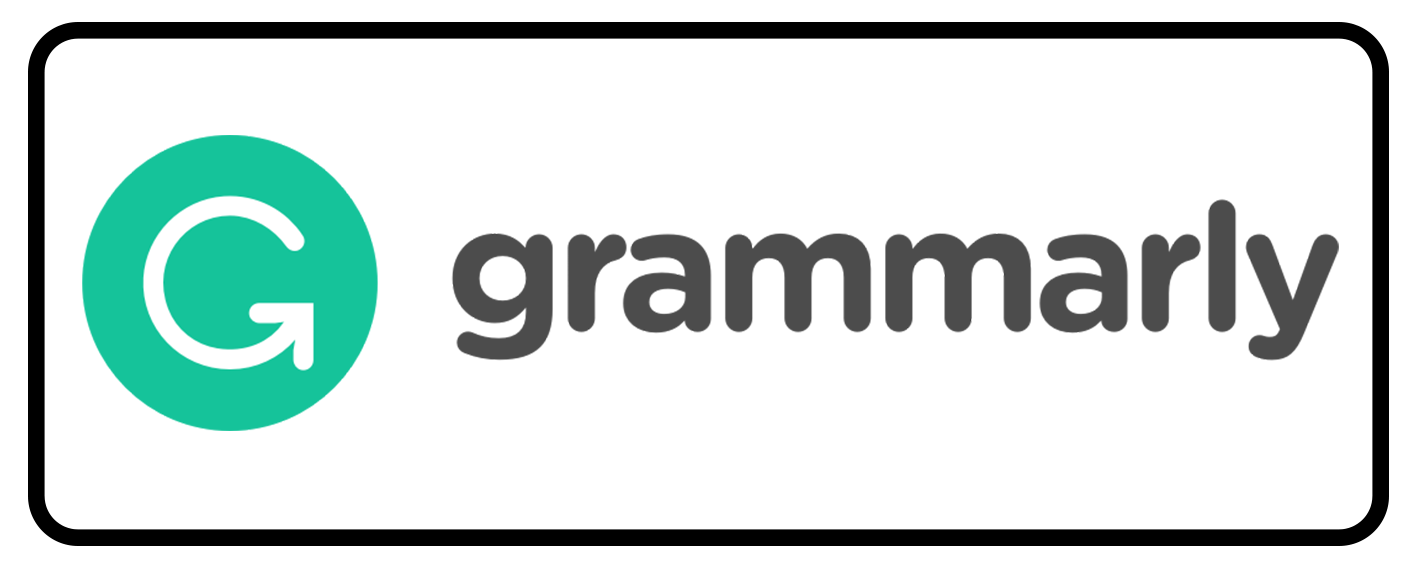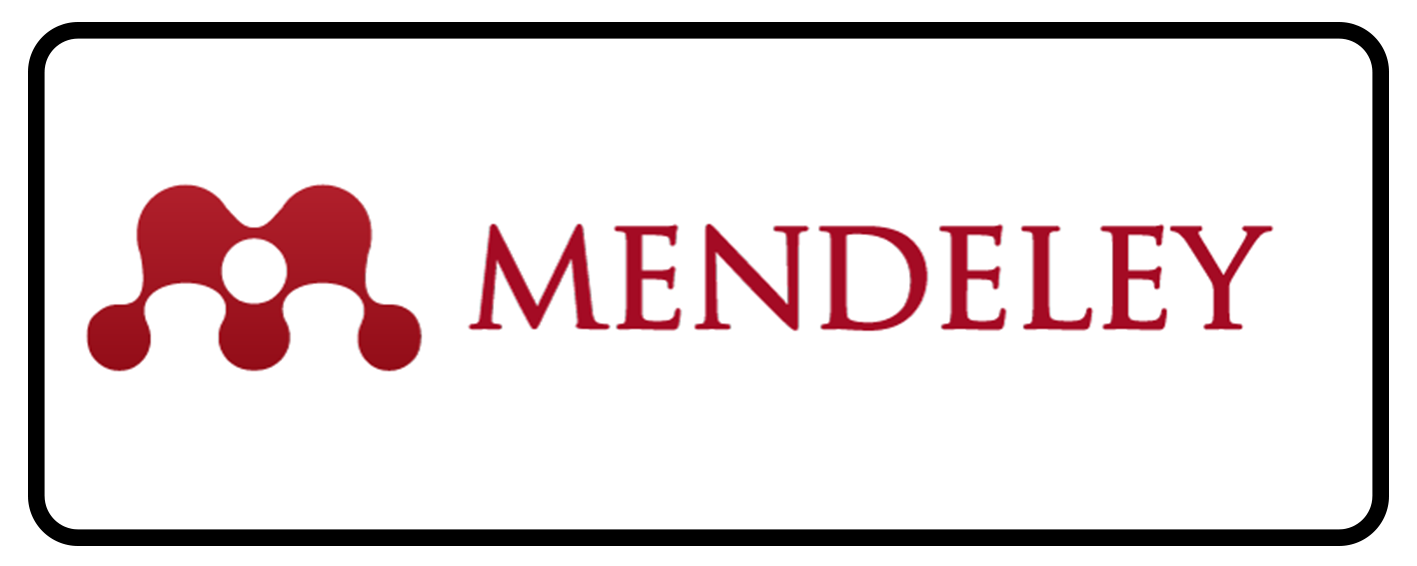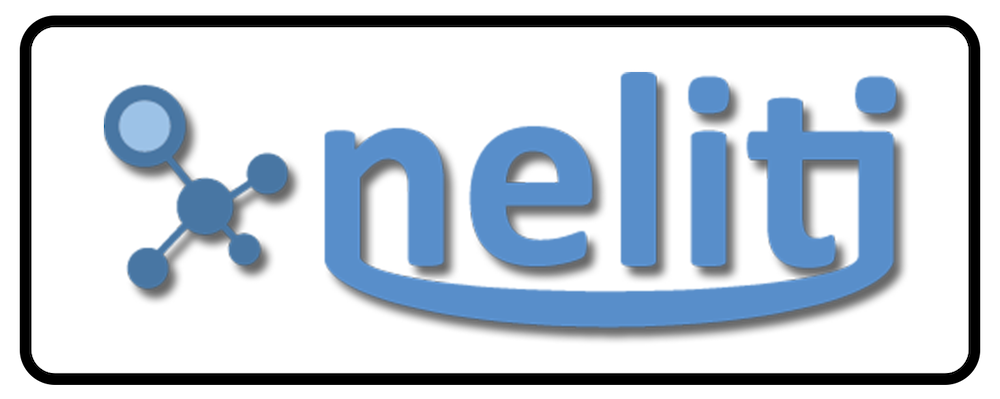THE IMPORTANCE OF WORKING MEMORY IN ACQUIRING SECOND LANGUAGE (L2)
Abstract
This paper highlights the importance of short term memory and its roles in linking the information acquired from sensory memory into long term memory. Short term-memory, also known as working memory, has significant contribution to transfer information as it is the location where many forms of complex thinking such as problem solving, contemplation, and language comprehension occur. In addition, the instrumental role of working memory in the acquisition of second language will be discussed.
Keywords
Full Text:
PDFReferences
Abu-Rabia, S. 2003. The influence of working memory on reading and creative writing processes in a second language. Educational Psychology, 23(2), 209-222.
Anderson, J. R. 2000. Learning and memory: An integrated approach. New York: John Wiley & Sons.
Baddeley, A.D. 1986. Working memory. Oxford: Claredon Press.
Baddeley, A.D. 1999. Essentials of Human Memory. Hove: Psychology Press.
Balsiger, L. 2011. Memory and learning. Retrieved on 24 September 2011. http://www.bendlanguageandlearning.com/Is-Your-Child-Ready-to-Learn-to-Read.pdf
Berquist, B. 1997. Individual differences in working memory span and L2 proficiency: capacity or processing capacity? Proceedings of the GALA '97 Conference on Language Acquisition, Edinburgh, UK.
Carpenter, P.A., & Just, M.A. 1989. The role of working memory in language comprehension. In D. Klahr & K. Kotovsky (Eds.), Complex information processing: The impact of Herbert A. Simon (pp. 120–150). Hillsdale: Erlbaum.
Cheung, H. 1996. Non-word span as a unique predictor of second language vocabulary learning. Developmental Psychology, 32, 867-873.
Churchill, Jr, E. F. 2011. The role of working memory in SLA. Retrieved on 23 September 2011. http://www.tuj.ac.jp/newsite/main/tesol/publications/ working_papers/vol_14/churchill.html
Daneman, M. 1991. Working memory as a predictor of verbal fluency. Journal of Psycholinguistic Research, 20(6), 445-464.
Daneman, M., & Carpenter, P.A. 1980. Individual differences in working memory and reading. Journal of Verbal Learning and Verbal Behavior, 19, 450-466.
Daneman, M., & Carpenter, P.A. 1983. Individual differences in integrating information between and within sentences. Journal of Experimental Psychology: Learning, Memory, and Cognition, 2,561–584.
Daneman, M., & Green, I. 1986. Individual differences in comprehending and producing words in context. Journal of Memory and Language, 25, 1-18.
Engle, R.W., & Conway, A.R.A. 1998. Working memory and comprehension. In R.H. Logic & K.J. Gilhooly (Eds.), Working memory and thinking. Hove: Psychology Press.
Gathercole, S. E. & Alloway, T. P. 2008. Working memory and classroom learning. Retrieved on 4 October 2011. www.york.ac.uk/res/wml/PATOSS.pdf.
Gathercole, S. E., & Baddeley, A. D. 1990. The role of phonological memory in vocabulary acquisition: A study of young children learning arbitrary names of toys. British Journal of Psychology, 81, 439-454.
Gathercole, S.E., & Baddeley, A.D. 1993. Working memory and language. Hove: Erlbaum.
Hull, C. L. 1943. Principles of behavior. New York: Appleton-Century-Crofts.
Juffs, A. 2006. Working memory, second language acquisition and low educated second language and literacy learners. In I. Van de Craats, J. Kurvers & M. Young-Scholten (Eds.) Low-educated adult second language and literacy learners. Utrecht: LOT Occasional Series 6, 89-105.
Just, M. A., & Carpenter, P. 1992. A capacity theory of comprehension: individual differences in working memory. Psychological Review, 99, 122-149.
Kail, R. & Hall, L. 2001. Distinguishing short-term memory from working memory. Memory and Cognition, 29, 1-9.
Kandel, E. R., Schwartz, J. H, and Jessell, T. M. 2000. Principles of neural science. New York: McGraw-Hill.
Kandel, E.R., & Schwartz, J. H. 1982. Molecular biology of learning: Modulation of transmitter release. Science, 218, pp.433-443
Kimble, G.A. 1961. Hilgard and arquis’ conditioning and learning. 2nd Edition. New York: Appleton-Century-Crofts.
Mackey, A., Philp, J., Egi, T., Fujii, A., & Tatsumi, T. 2002. Individual differences in working memory, noticing of interactional feedback and L2 development. In P. Robinson (Ed.), Individual differences and instructed language learning (pp. 181-209). Philadelphia: John Benjamins.
Marzano, Robert J. 1998. A Theory-Based Meta-Analysis of Research on Instruction. Colorado: Regional Educational Laboratory.
Okano, H., Hirano, T., & Balaban, E. 2000. Learning and memory. Proceedings of the National Academy of Sciences of USA, 97(23).
Osaka, M., & Osaka, N. 1992. Language independent working memory as measured by Japanese and English reading span tests. Bulletin of the Psychonomic Society, 30, 287-289.
Osaka, M., Osaka, N., & Groner, R. 1993. Language independent working memory as measured by Japanese and English reading span tests. Bulletin of the Psychonomic society, 31, 117-118.
Payne, J. S, & Whitney, P. J. 2002. Developing L2 Oral Proficiency through Synchronous CMC: Output, Working Memory, and Interlanguage Development. CALICO Journal, 20 (1), 7-32.
Robinson, P. 2002. Effects of individual differences in intelligence, aptitude and working memory on incidental SLA. In P. Robinson (Ed.), Individual differences and instructed language learning (pp. 211-251). Philadelphia: John Benjamins.
Sargent, S. S. and Stafford, K. R. 1965. Basic teachings of the great psychologists. Garden City, NY: Dolphin Books.
Siegel, L.S., & Ryan, E.B. 1989. The development of working memory in normally achieving and subtypes of learning disabled children. Child Development, 60, 973–980.
Stern, A. 2008. Working memory and learning. Retrieved on 23 September 2011. www.iapsych.com/articles/sternworkmem.pdf.
Thorne, G. 2003. Memory and learning. Retrieved on 23 September 2011. http://www.cdl.org/resource-library/articles/memory.php
Williams, J. N., & Lovatt, P. 2003. Phonological memory and rule learning. Language Learning, 53, 67-121.
DOI: http://dx.doi.org/10.30872/calls.v4i1.1287
Copyright (c) 2018 Istanti Hermagustiana

This work is licensed under a Creative Commons Attribution-ShareAlike 4.0 International License.
Editorial address:
Fakultas Ilmu Budaya, Universitas Mulawarman
Address: Jl. Ki Hajar Dewantara, Gunung Kelua, Kec. Samarinda Ulu, Kota Samarinda, Kalimantan Timur, Indonesia 75123
Email: jurnalcalls@fib.unmul.ac.id
Website: http://e-journals.unmul.ac.id/index.php/CALLS

CaLLs: Journal of Culture, Arts, Literature, and Linguistics site is licensed under a Creative Commons Attribution-ShareAlike 4.0 International License
CaLLs: Journal of Culture, Arts, Literature, and Linguistics indexing by:

